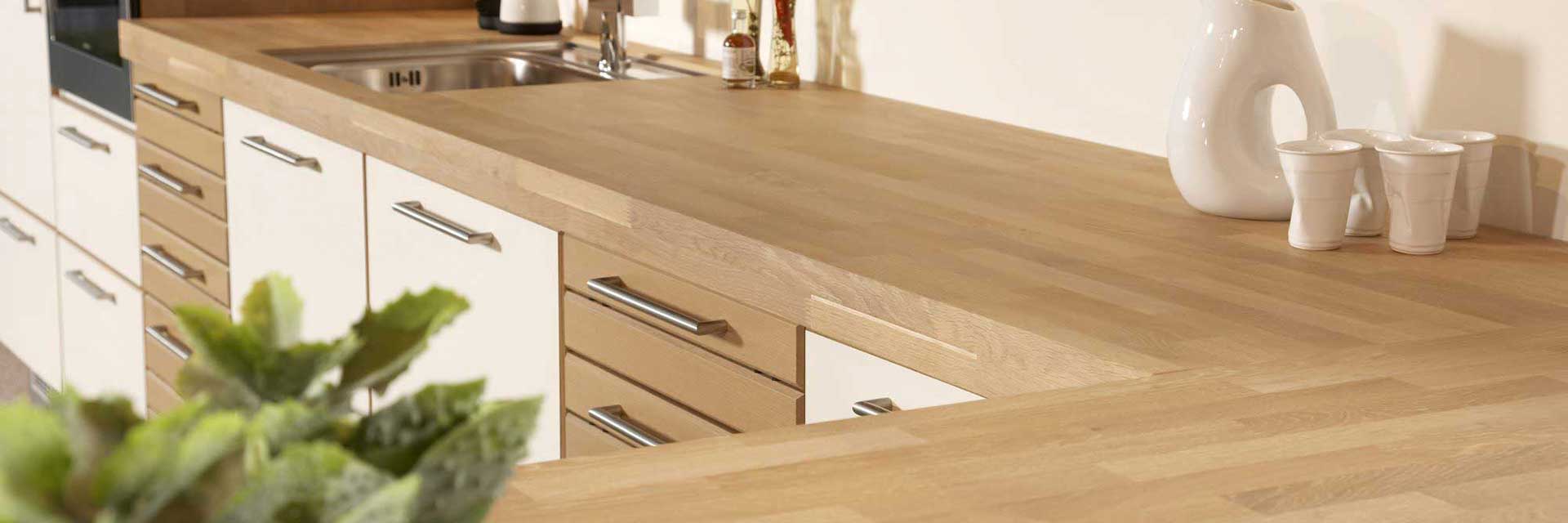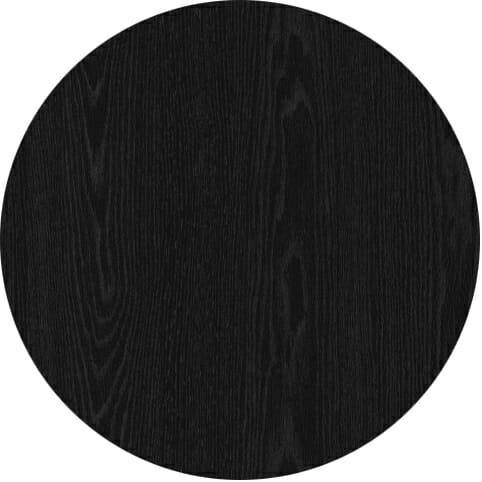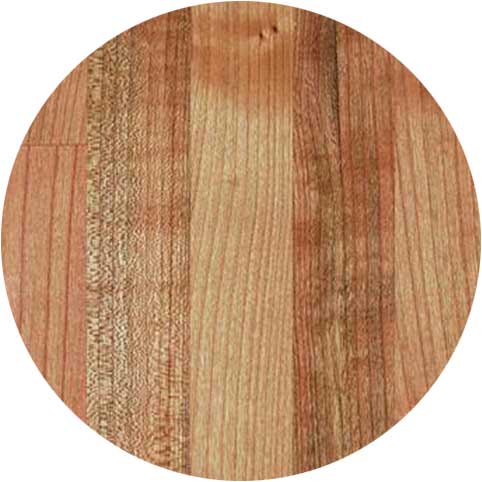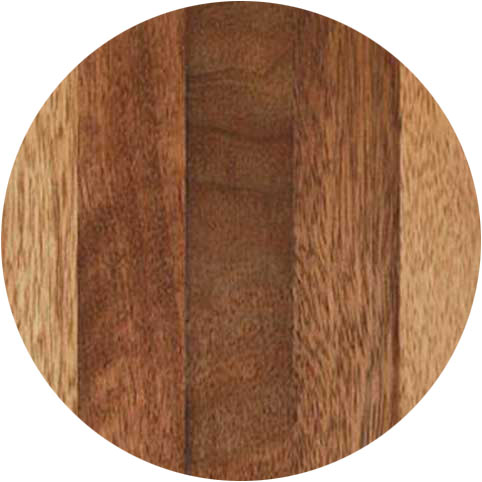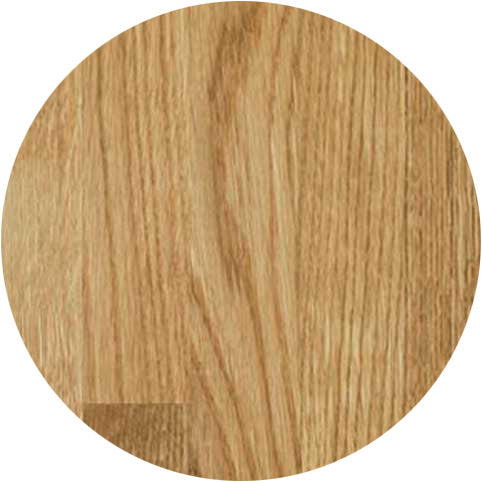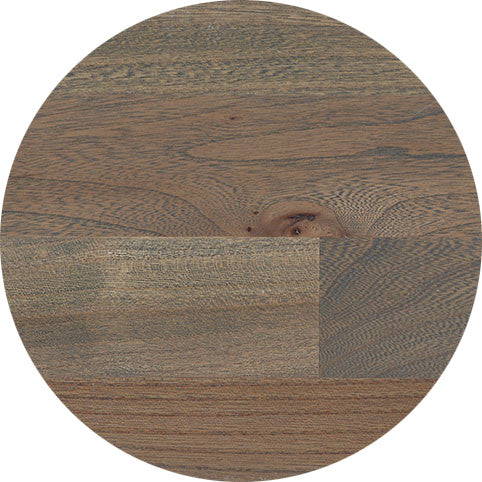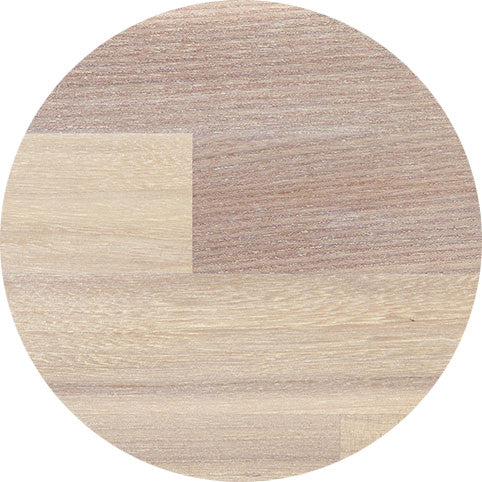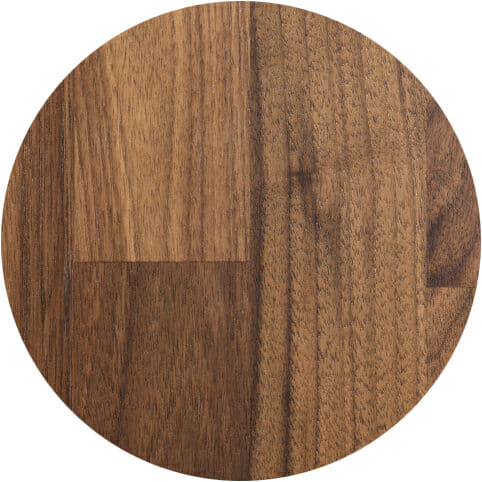Our wood work surfaces are crafted from the best quality solid timber. To obtain large surfaces that have greater strength and resilience, almost free of natural imperfections, and less prone to warping, solid hardwood timber staves and finger-jointed in length, and then butt-jointed and glued together along its width. The boards are then oiled and finely sanded to create a naturally beautiful and water repellent surface.
Staves
Stave widths of 40mm (±5) are standard. If unavailable, 27mm (±1mm) Beech and Teak, and 20mm (±1mm) on all other types of wood will be supplied.
Staves of an alternative thickness can be supplied but may have a longer lead time.
Stave Lengths are random - staves are finger-jointed in the length and glued along the edge with tolerances of 1mm/±5mm per Length
Finishing
Finished to a 220 grit for blanks.
Finished to a 500 grit for bespoke work surfaces.
Moisture content 10% ±2%
Individually shrink wrapped for delivery.
Storage before installation
Before installation, wood worktops should be stored at room temperature away from all sources of heat and moisture to prevent warping and/or swelling. An exposed outside area, or a room without heating, such as a garage, is not suitable.
The boards must ideally be stored flat on a sound and level surface, with timber battens placed between each blank at 600mm centres maximum. If that is not possible, then they can be stored on their longest edge on a level and protected surface as instructed on the packaging.
When installed in a room with a wood burning stove or other heating, acclimatisation is needed for a few days before being fitted.
NEVER prop up a worktop vertically against a wall. DO NOT store in an unheated room.
Overhangs and Supports
Any overhang extending more than 300mm should be supported.
Joints
Depending on the edge detail, wood worksurfaces can be joined by either butt- joints (edges placed together) or mitre-joints (cut to 90 º) Mitre joints require additional support on site and an additional length of worksurface is required.
Thermal Expansion
Extreme temperatures or humidity: Wood worksurfaces give their best performance at normal room temperature. They require additional maintenance in kitchens or other rooms, where temperatures fluctuate greatly or where it can be either very cold or very humid. This is particularly true in the immediate days / weeks after installation until the wood has acclimatised. Extra coats of sealant will be necessary to prevent drying out and warping.
Near heat or moisture: If an under-oven, dishwasher, washing machine or tumble dryer is to be installed under the worktop, it should be protected by installing a sheet of aluminium foil to the underside, with the shiny face outwards. This will protect it from any intense heat or moisture.
Expansion gaps: Allow a 3-4mm gap between the back edge of the wood worktop and the wall, to allow for expansion and contraction.
Cladding: We don’t recommend solid timber wall cladding, due to warping.
WOOD WORKTOPS
Frequently Asked Questions
Yes — with regular oiling, wood is hygienic, warm, and durable which will also protect them from moisture and stains.
It’s best to use trivets, as wood can scorch.
They can mark, but sanding and refinishing restores their look.
Edge DETAILS
Enhance the finish of your worktop with our precision-crafted edge profiles. Designed to complement both modern and traditional interiors, our edge details add a stylish, seamless look.
Choose from a range of elegant profiles to suit your design preferences and achieve a truly bespoke result.
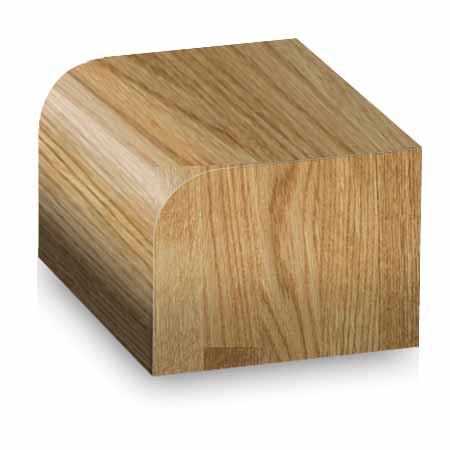
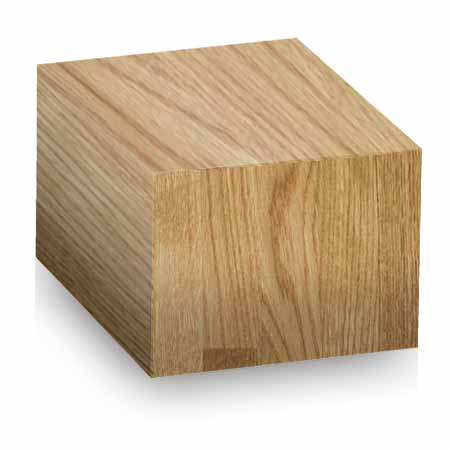
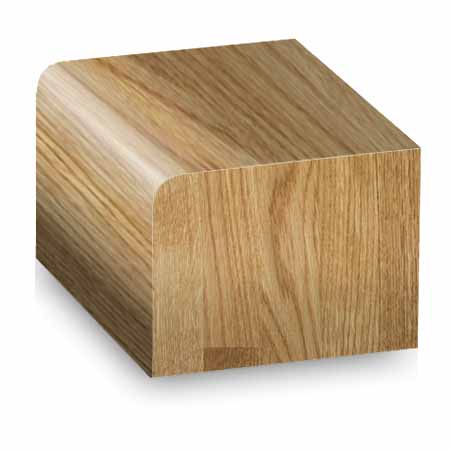
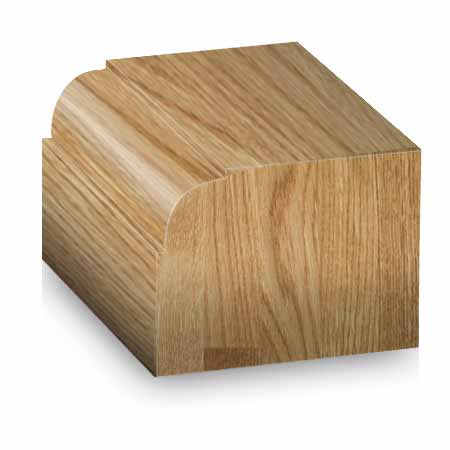
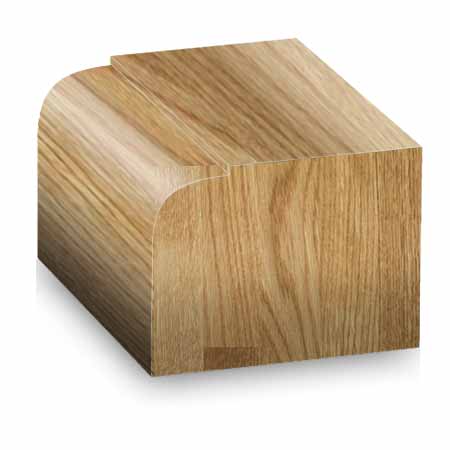
Return End Styles
Return ends are custom-shaped finishes applied to the exposed edges of the worktop. They’re designed to provide a continuous look where the surface terminates—whether against a wall, cabinet, or open space.
Each return style serves a specific purpose, from creating standout design features to accommodating architectural details or practical use cases. Whether you're planning a flowing curved end, a distinctive break front, or precision notching for cabinetry, these return styles ensure a tailored, high-quality finish.
Explore the full range below to find the perfect return style for your project.
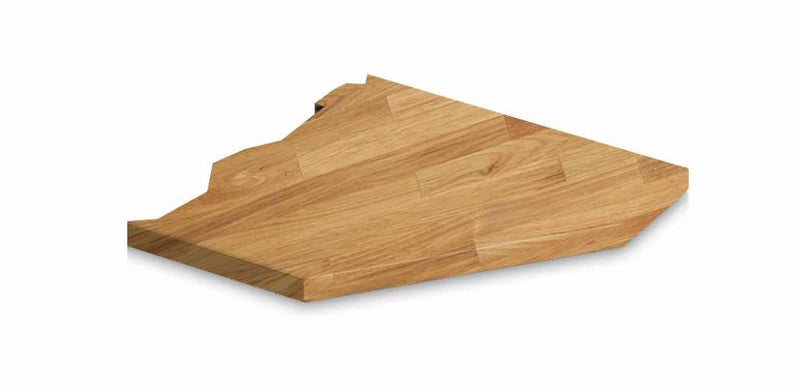
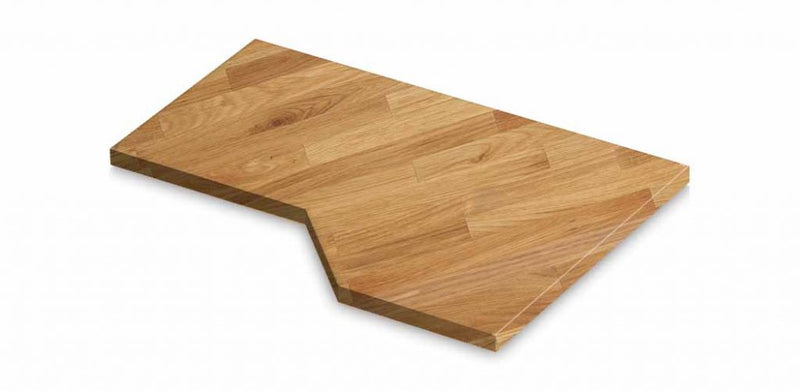
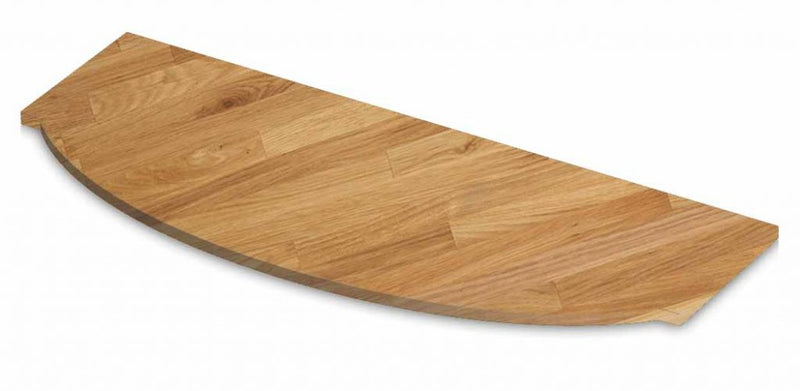
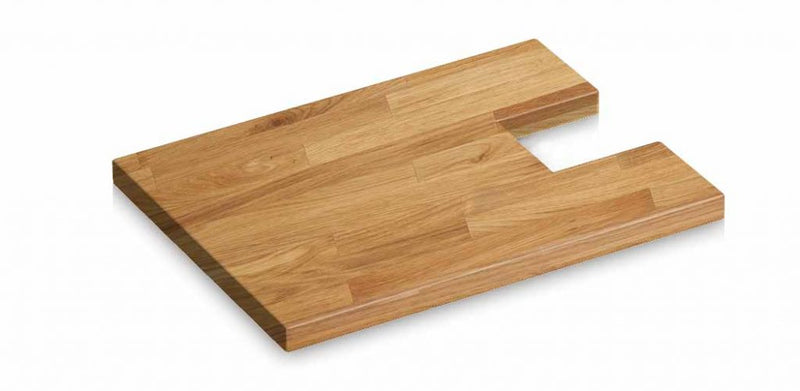
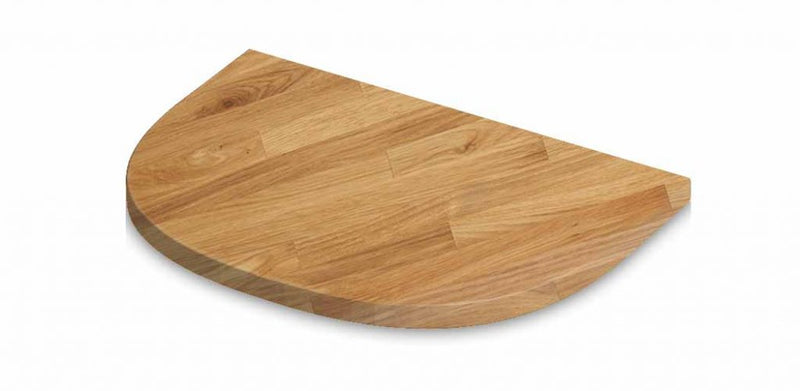
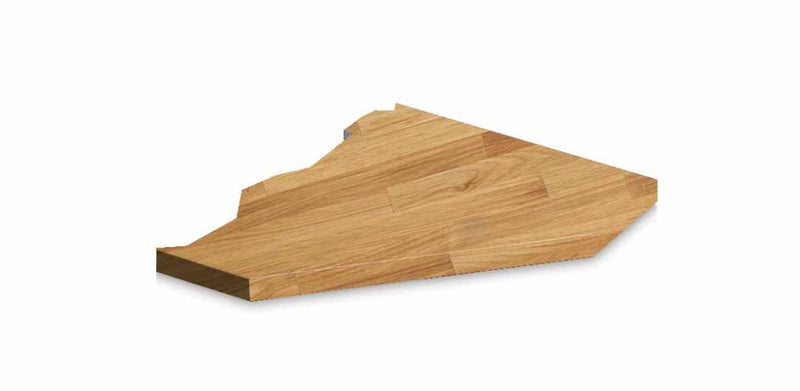
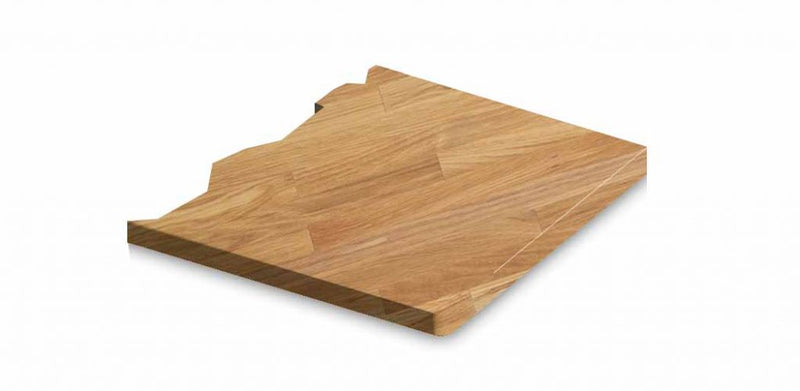
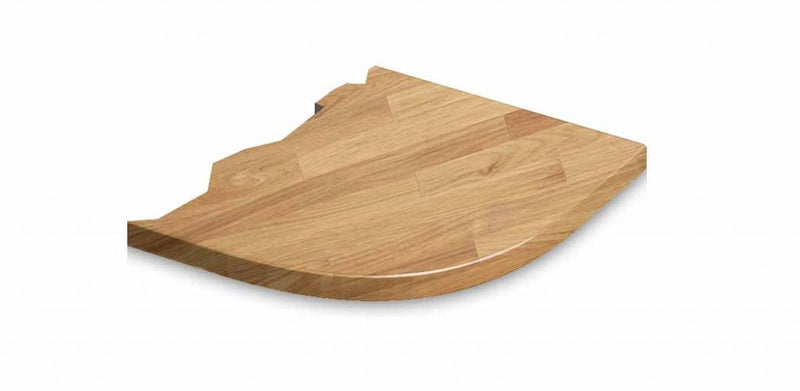
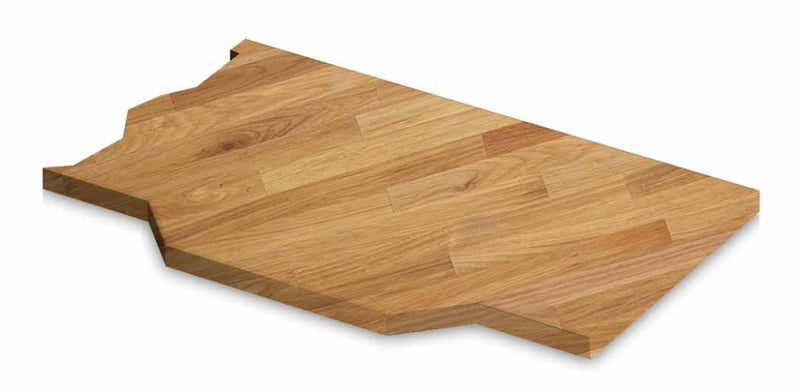
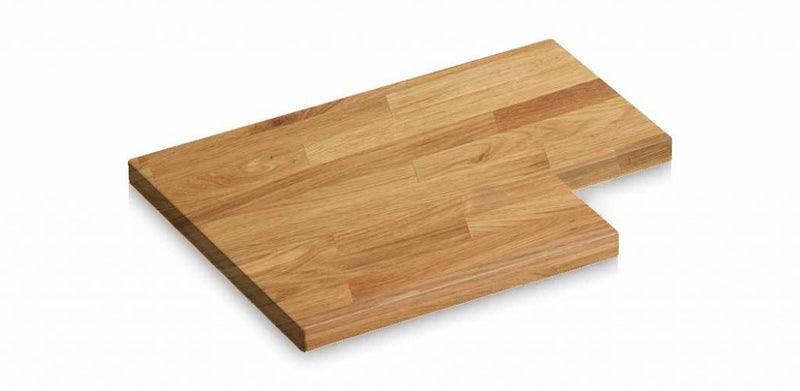
Cutouts & Drainer Grooves
Custom cutouts and drainer grooves add both functionality and finesse to your worktop. Whether you're integrating sinks, hobs, tap holes, or pop-up sockets, each cutout is precisely machined to suit your specifications and seamlessly finished to match the surrounding surface.
Drainer grooves can be added for both style and practicality—angled or flat, they channel water efficiently back into the sink while enhancing the clean, bespoke look of your kitchen or utility space.
Sink cut-outs should be a minimum of 50mm from the worktop front edge. Aluminium foil should be applied to the edges of hob cut-outs.
Hob cut-outs should be a minimum of 50mm from the worktop front edge.
There should be a minimum 200mm between any cut-outs.
Aluminium foil should be installed a hob cut-out, to avoid conducting too much heat into the wood, drying it out.
When a wood worktop is to be fitted near to a woodburning stove or other heatsource, allow a minimum gap of 4mm. Ideally a solid wood return should be fixed across the end grain to stop any splits occurring.
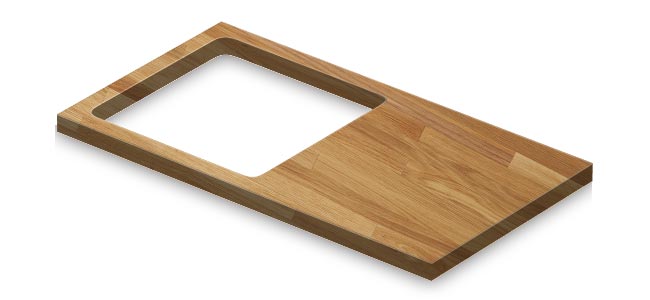
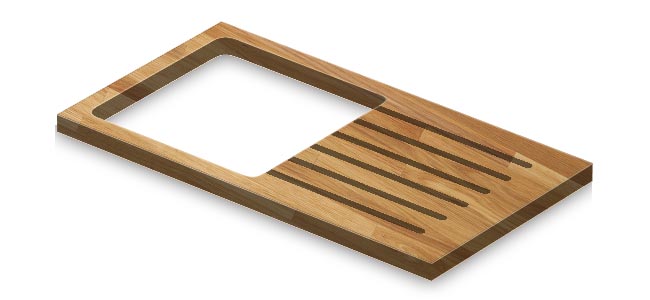
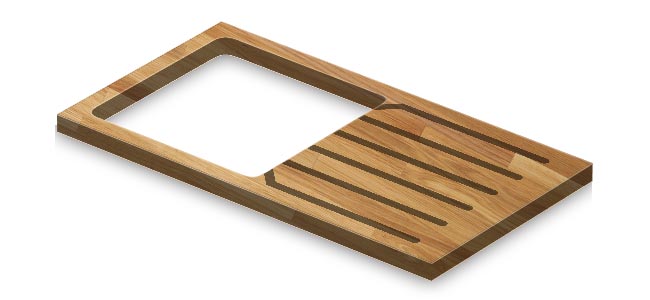
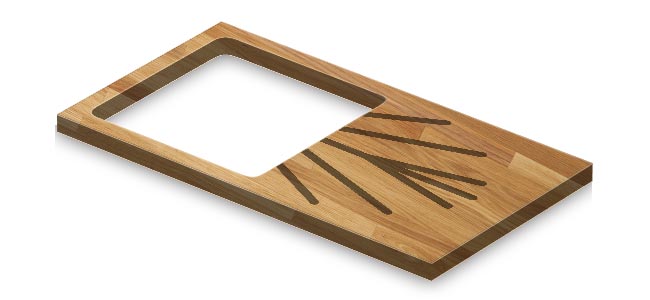
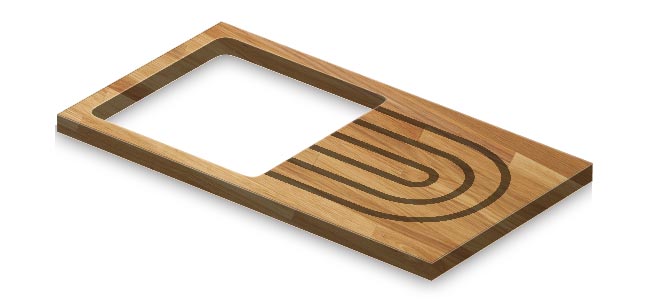
Technical Information
Care & Maintenance
Scratches
Wood is much softer than granite or other materials and greater care must be taken to avoid scratches to the surfaces. Wood worksurfaces should be protected against scratches, by using chopping boards and / or pastry mates.
Staining
Do not leave items that can stain the wood on an unprotected wood surface. Examples are wine glasses, dishes with curry or spices, pots pans with copper bases, or similar items.
Wood is repairable
While wood worksurfaces are perhaps more prone to scratches and surface damage than some of the other types of high quality surfaces, the good news is that it can be easily and affordably repaired.
The appearance of maturing wood is enhanced by the character of wood and some forms of wear and tear actually improve the appearance of the wood. However, in the unfortunate event of unsightly damage, a wood worksurface can be rubbed down, or sanded and refinished, leaving it as good as new.
More specific guidance can be viewed on our Care & Maintenance page.




